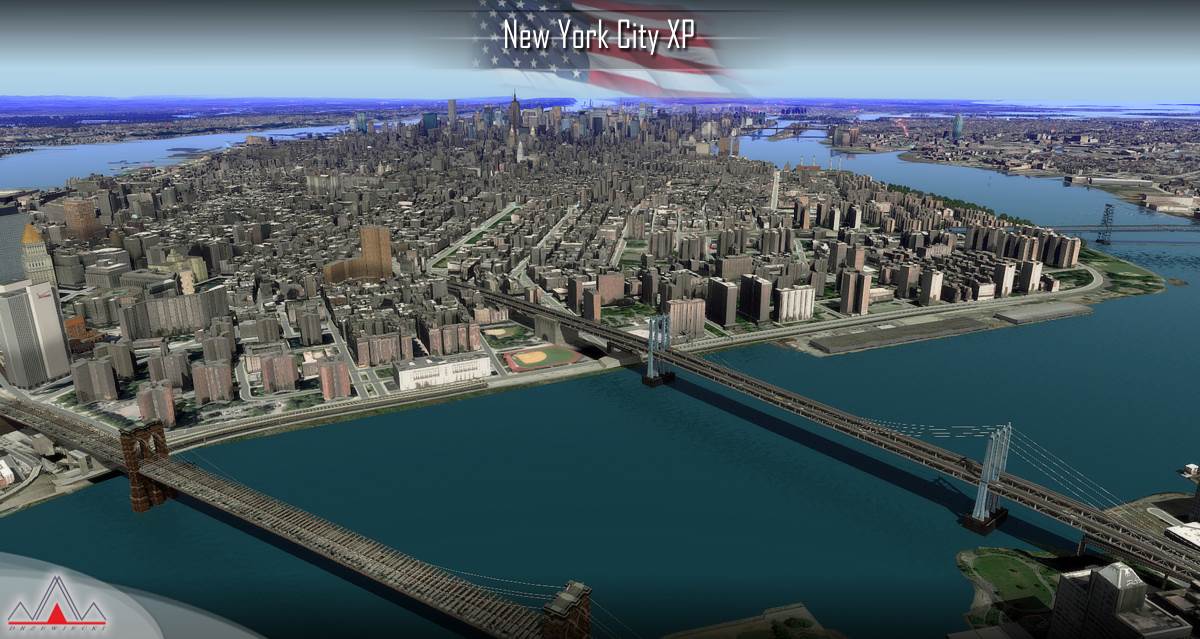

Textures are specified as relative file paths. General conventions: the decal commands take a scaling ratio, which specifies how many times the decal repeats for each iteration of the albedo texture. (In other words, you get two decal effects, not two decal commands – one command loading two effects from one file uses up the entire decal budget.)

dcl file contains two decal directives, then no other decals can be included. dcl file (which might be in the library) if the.

Shaders can use up to two decal commands (neither of which are required). Because the decal is part of the shading process (and not an additional layer on top of the terrain), the performance impact is quite low. The decal stage blends a higher resolution repeating texture into a base texture to create the illusion of high resolution. X-Plane 10 contains a new decal shading stage as part of some of the art assets. (This directive is designed to reduce bumpiness.) If BUMP_LEVEL is omitted, the default multiplier is 1.0 (e.g. If present, BUMP_LEVEL scales the height of the normal map bumps ratio should be in the range of 0.1, where 1.0 leaves the bump map unmodified.
If the SPECULAR directive is omitted and the normal is also omitted, the specular multiplier is defaulted to 0.0 – in other words, you get a matte surface. If the SPECULAR directive is omitted but a normal map is present, the specular multiplier is defaulted to 1.0 – in other words, you get the specularity of the normal map, unmodified. (In other words, SPECULAR 1.0 without a normal map makes a uniformly shiny surface.) If the SPECULAR directive is present but no normal map is present, the specularity is applied, in a uniform way. This value is multiplied by the specular level channel of the normal map if present. If present, the SPECULAR command provides a multiplier to the specularity level of the material. This ratio can be used to change ‘noisy’ normal maps to be higher resolution. a ratio of 4.0 means the normal map repeats 4 times for every tile of the albedo texture. Ratio is a decimal number specifying the resolution of the normal map relative to the albedo, e.g. Gray-scale files provide the specular level in the gray channel. RGBA files provide tangent space normal maps in the RGB channels and the specular level in the alpha channel. RGB files provide tangent-space normal maps. Normal maps should be in PNG format and can be in one of three formats: Like the texturing commands, the no-wrap variant clamps edges and is available only for. The normal map texturing commands add a normal map to the shader. Lit textures may have an optional alpha channel, but it is not recommended. TEXTURE ĭay time textures may have an optional alpha channel see alpha options below for its interpretation. The default commands provide wrap-around blending, which make textures suitable for tiling. The “no-wrap” variants provide edge clamping to avoid bleeding from one side of an orthophoto to another they are only available for. Both textures are specified by file path relative to the parent directory of the art asset.Įmissive textures are optional omitting the TEXTURE_LIT directive means no lit texture. The texturing commands specify the albedo (daytime) and possible emissive (night lit) texture. X-Plane scenery art asset control files are text files with one instruction per line. 
The one major format that does not follow this syntax is the X-Plane OBJ modeling format see the X-Plane 8 OBJ format documentation for syntax specific to OBJ8. The detail commands and tiling commands are mutually exclusive – that is, they cannot be used together. Not every option is available in every file format the chart at the end of the document lists which ‘extended’ options are available in which formats. This document provides a file-format level reference for these common options, as well as brief descriptions of what the options do. X-Plane 10 provides a rich set of shading options for almost all of the art asset types in the scenery system.








 0 kommentar(er)
0 kommentar(er)
